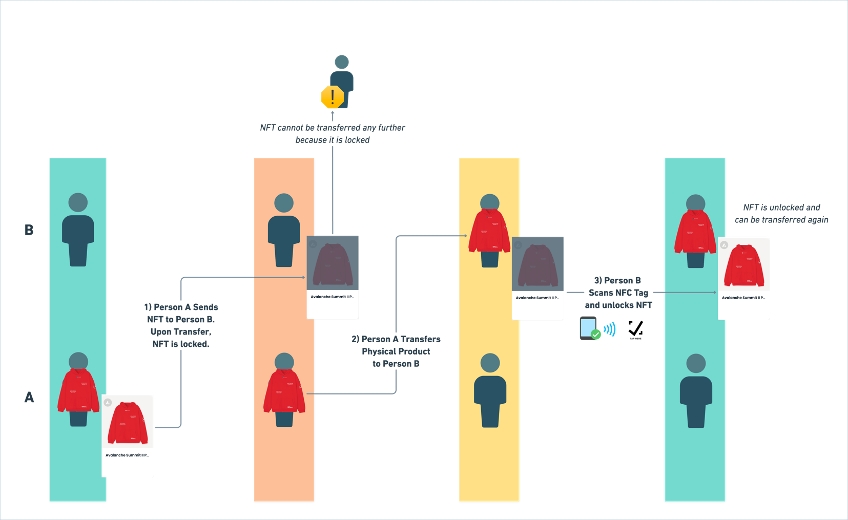🔓Locking Mechanism
We believe that both the physical and the digital parts of any given connected product should belong to the same owner.
In order to ensure that ownership of both the digital ID and the physical product remain in sync, we introduced a locking mechanism that locks the digital ID metadata upon transfer and unlocks when owners submit a valid request containing a checksum emitted by NFC tags programmed according to the Legitimate protocol.
This locking mechanism is an implementation of ERC-5192, a decentralized digital ID proposal meant to bind digital IDs to a single given owner. However, we introduce the ability to set digital ID locks on a more granular level, with the ability for this state to be mutable.
Lock state mapping for tokens
// stores the locked state for each NFT
mapping(uint256 tokenId => bool locked) tokenLock;
Last updated
Was this helpful?

